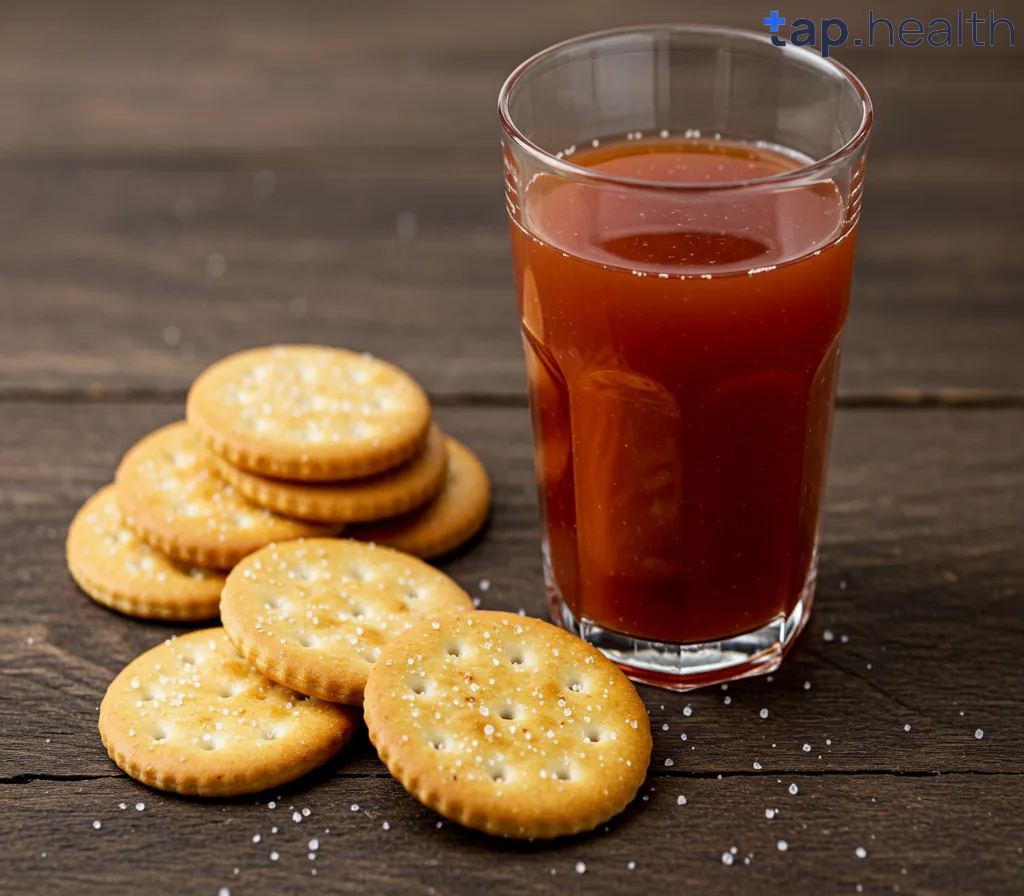The glycemic index (GI) is a valuable tool for understanding how foods affect blood sugar levels. Incorporating low glycemic index fruits into your diet can promote stable energy, support weight management, and improve overall health. This blog explores what low GI fruits are, their benefits, and practical ways to include them in your meals.
What is the Glycemic Index?
The glycemic index ranks foods based on how quickly they raise blood sugar levels compared to a reference food like glucose or white bread. Foods are categorized as:
- Low GI: 55 or less
- Medium GI: 56–69
- High GI: 70 or more
Low GI foods release glucose slowly, preventing rapid blood sugar spikes and crashes. This steady release supports sustained energy and better health outcomes.
Why Choose Low Glycemic Index Fruits?
Low GI fruits offer numerous health benefits, making them a smart addition to any diet. Here’s why they matter:
Benefits for Blood Sugar Control
Low GI fruits, such as berries and apples, release sugars gradually, helping maintain stable blood sugar levels. This is especially beneficial for individuals managing diabetes or those aiming to avoid energy crashes.
Support for Weight Management
These fruits are high in fiber, promoting feelings of fullness and reducing overeating. The sustained energy release also supports a healthy metabolism, aiding weight control.
Improved Overall Health
Packed with vitamins, minerals, and antioxidants, low GI fruits enhance immune function, reduce inflammation, and lower the risk of chronic diseases like heart disease and type 2 diabetes.
Top Low Glycemic Index Fruits to Include
Not all fruits have the same impact on blood sugar. Here’s a look at some of the best low GI fruits to add to your diet:
Berries: A Nutrient-Packed Choice
- Examples: Strawberries, blueberries, raspberries
- GI Range: 25–40
- Benefits: Rich in antioxidants, berries reduce inflammation and support heart health. Their low GI ensures minimal blood sugar impact.
Citrus Fruits: Refreshing and Healthy
- Examples: Oranges, grapefruits
- GI Range: 25–45
- Benefits: High in vitamin C and fiber, citrus fruits boost immunity and aid digestion while keeping blood sugar stable.
Other Low GI Fruits
- Apples: GI of 36, rich in fiber and antioxidants.
- Pears: GI of 38, great for digestive health.
- Cherries: GI of 22, packed with anti-inflammatory compounds.
How Fruits Affect Blood Sugar Levels
Fruits contain natural sugars, primarily fructose, but their fiber content slows sugar absorption, reducing their glycemic impact. For example, while tropical fruits like watermelon (GI 72) have a higher GI, low GI fruits like berries cause a gentler rise in blood sugar. Combining fruits with protein or healthy fats can further stabilize blood sugar.
Common Misconceptions
Many believe fruits are “too sugary” for a healthy diet. However, whole fruits offer essential nutrients and fiber, making them a balanced choice when consumed in moderation. The key is to prioritize low GI options and avoid processed fruit products like juices, which lack fiber and spike blood sugar.
Health Benefits of Low Glycemic Index Fruits
Incorporating low GI fruits into your diet provides multiple advantages beyond blood sugar control.
Enhanced Digestive Health
The high fiber content in low GI fruits like apples and pears supports healthy digestion, prevents constipation, and promotes a balanced gut microbiome.
Improved Insulin Sensitivity
Nutrients like vitamin C (found in citrus fruits) and potassium (in bananas, GI 51) enhance insulin sensitivity, reducing the risk of diabetes complications.
Mood and Cognitive Benefits
Stable blood sugar levels prevent energy crashes, improving focus, concentration, and mood. Low GI fruits help you stay energized and mentally sharp throughout the day.
Tips for Adding Low GI Fruits to Your Diet
Incorporating low GI fruits is simple with these practical tips:
- Choose Whole Fruits: Opt for fresh or frozen fruits over canned or processed options, which may contain added sugars.
- Diversify Your Selection: Include a variety of low GI fruits to maximize nutrient intake.
- Pair with Protein or Fat: Combine fruits with nuts, yogurt, or avocado for a balanced snack that stabilizes blood sugar.
- Practice Portion Control: Even low GI fruits should be eaten in moderation to avoid excessive sugar intake.
- Incorporate into Meals: Add berries to breakfast, citrus to salads, or apples to snacks for easy integration.
Delicious Low GI Fruit Recipes
Here are three simple, healthy recipes featuring low GI fruits to inspire your meal planning:
1. Berry and Yogurt Parfait
- Ingredients: Mixed berries (strawberries, blueberries), Greek yogurt, chopped almonds
- Instructions: Layer yogurt, berries, and almonds in a glass. Repeat for a nutritious breakfast or snack.
- Benefits: High in protein, fiber, and antioxidants, this parfait keeps you full and energized.
2. Orange and Spinach Salad
- Ingredients: Orange segments, fresh spinach, olive oil, balsamic vinegar
- Instructions: Toss orange segments with spinach and drizzle with a light vinaigrette for a refreshing salad.
- Benefits: Combines vitamin C and fiber for immune and digestive support.
3. Strawberry Chia Pudding
- Ingredients: Fresh strawberries, chia seeds, almond milk
- Instructions: Blend strawberries with almond milk, mix with chia seeds, and refrigerate overnight for a creamy dessert.
- Benefits: A low GI treat rich in omega-3s and antioxidants.
Common Questions About Low GI Fruits
What Are the Best Low GI Fruits for Diabetes?
Berries, apples, and citrus fruits are ideal for diabetes management due to their low GI and high nutrient content. They help regulate blood sugar without causing spikes.
Can Low GI Fruits Help with Weight Loss?
Yes, their high fiber content promotes satiety, reducing hunger and supporting weight management when part of a balanced diet.
How Do I Know If a Fruit is Low GI?
Check the GI value (55 or less) using reliable resources like glycemic index charts. Opt for whole, minimally processed fruits for the best results.
Are All Fruits Low GI?
No, some fruits like watermelon and pineapple have higher GI values. Focus on berries, citrus, and apples for lower GI options.
Why Low GI Fruits Matter for Long-Term Health
Low GI fruits are a cornerstone of a balanced diet. Their ability to stabilize blood sugar, support weight management, and provide essential nutrients makes them a must-have for anyone prioritizing health. By choosing fruits like berries, citrus, and apples, you can enjoy natural sweetness without compromising your wellness goals.
Start small by adding one low GI fruit to your daily meals or snacks. Experiment with recipes like parfaits or salads to make healthy eating enjoyable. With consistent choices, you’ll reap the benefits of improved energy, better digestion, and enhanced overall health.



